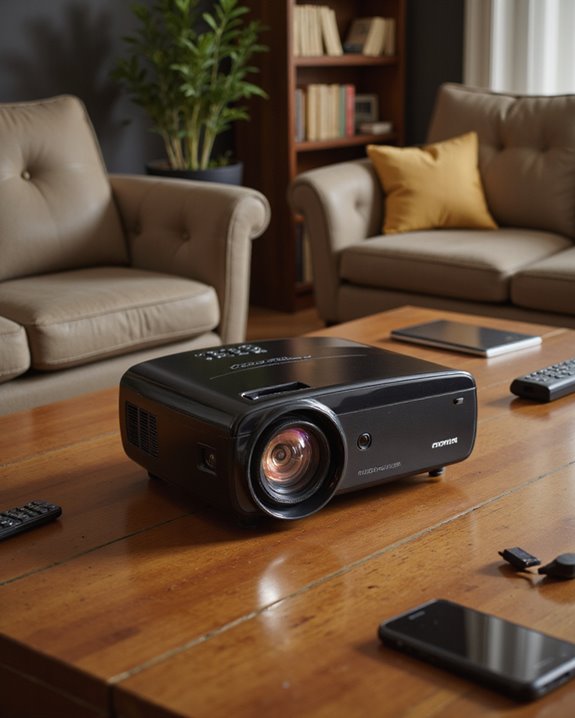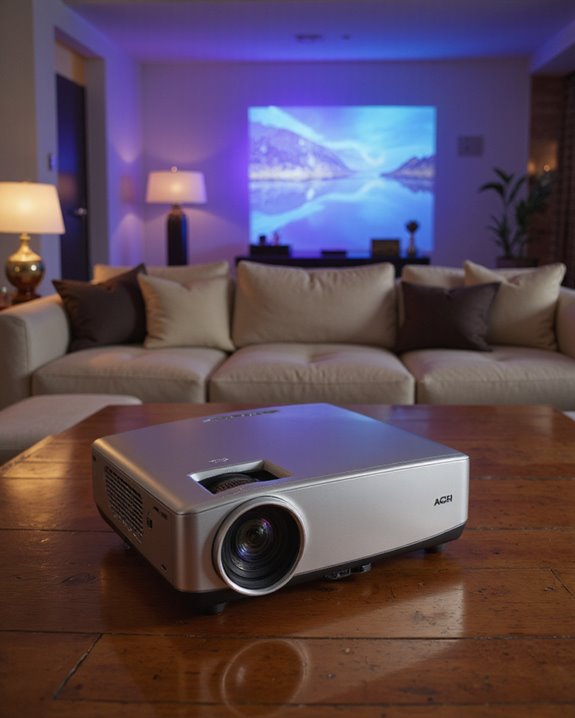A mini projector typically costs between $50 and $400, depending on capability and brand. Basic models under $100 provide simple projection for small spaces or travel. Mid-range units at $100–$400 offer sharper image quality, more brightness, and features such as Wi-Fi or Bluetooth connectivity. Higher-priced versions may include Full HD (1080p) native resolution and improved lens materials. Popular brands, better component quality, and advanced features also increase price. Further details on features and top models follow.
Key Takeaways
- Mini projectors range from under $100 for basic models to over $500 for advanced, premium options.
- Most popular mini projectors cost between $100 and $400, offering better resolution and brighter images.
- Entry-level pico projectors under $100 are highly portable but have limited features and lower resolution.
- Features like native 1080p resolution, wireless streaming, and stronger brightness increase the price.
- Well-known brands and higher contrast ratios generally come at a higher cost but offer better performance and warranty.
Understanding the Price Range of Mini Projectors
How much does a mini projector cost? Mini projectors cover a wide price range, generally from under $100 to over $600. Budget models, priced below $100, offer basic performance, while mid-range and premium options, reaching $600 or more, provide advanced technology and smart features. Brand reputation influences pricing, as established brands like Anker, BenQ, and Sony often command higher prices due to trusted quality. Customer reviews help buyers compare models across price tiers, often highlighting reliability and satisfaction with specific features. Additionally, the cost per inch of screen size can vary significantly, impacting overall value for larger displays. Price brackets include: – Under $100: Basic features, limited resolution, entry-level brands. – $100–$400: Improved brightness, better resolution, popular brand choices. – $400 and above: Advanced features, premium sound, smart technology. Careful consideration of customer reviews and brand reputation guarantees a balanced purchase decision.
Key Features That Influence Mini Projector Costs
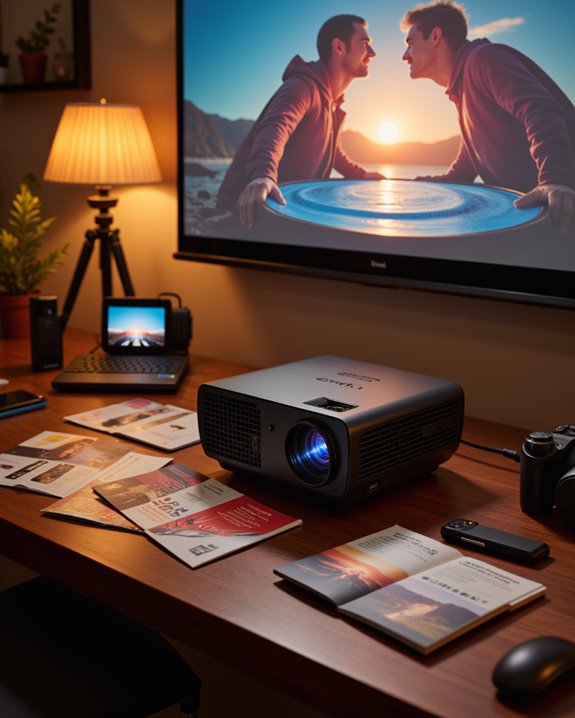
Several core features play a direct role in determining the cost of a mini projector. Display technology—such as LED (light-emitting diode), LCD (liquid crystal display), or DLP (digital light processing)—affects price, with energy-efficient LED models usually costing more. Higher native resolution, like Full HD or 4K, and advanced features such as wireless connectivity and built-in operating systems also increase costs. Component quality, including premium lenses and durable materials, can justify higher prices. Additionally, projection power and brightness levels significantly influence pricing, especially for models capable of performing well in larger or well-lit spaces.
Key factors include:
- Compact, lightweight design for portability
- High brightness (measured in lumens)
- Superior color accuracy and contrast ratio
- Multiple connectivity options (HDMI, USB, Wi-Fi)
Brand reputation often raises prices, as trusted brands are perceived as more reliable. Customer reviews frequently highlight whether these features meet expectations, influencing overall value.
Comparing Performance Metrics and Their Impact on Price
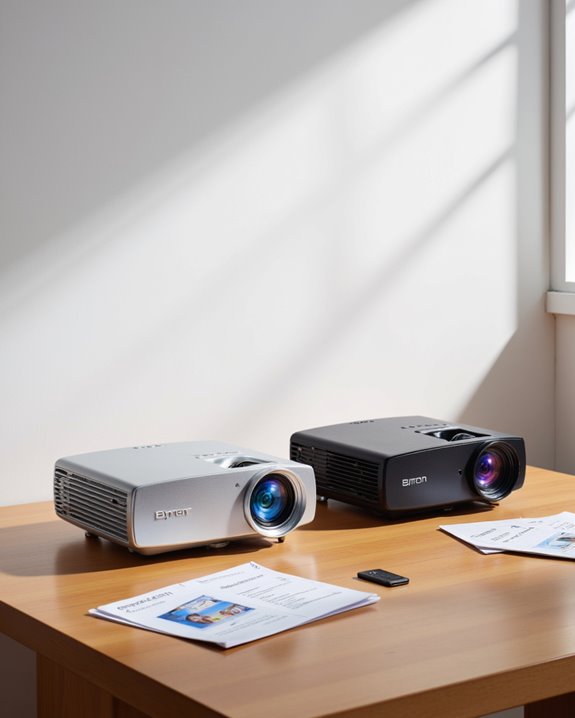
When evaluating mini projector prices, performance metrics such as brightness, contrast ratio, resolution, and input lag play a a crucial role in determining overall value. Brightness, measured in ANSI lumens, directly impacts visibility in different lighting and influences cost. Higher lumens, like 450–500, mean better clarity and higher prices. Contrast ratio, which defines the difference between light and dark areas, affects image depth; ratios above 3000:1 are premium and raise costs. Native resolution, such as 1080p, increases sharpness and typically results in a higher price due to advanced components. Input lag, the delay between signal and display, is essential for gaming and interactive uses; lower lag costs more. Color accuracy and port versatility—multiple input types—also justify price increases by enhancing usability and image quality. Additionally, laser diode lifespan impacts long-term maintenance costs and overall projector value.
Specialized Mini Projector Categories and Their Pricing
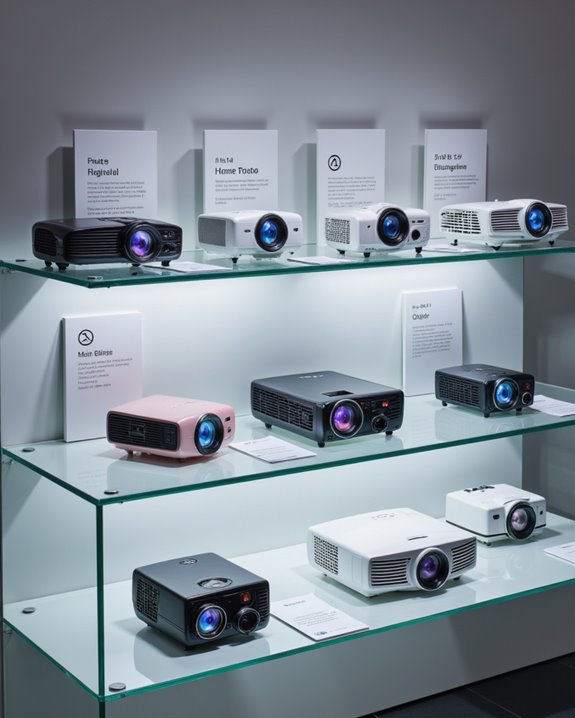
Mini projectors are available in several specialized categories, each with distinct features that influence pricing. Entry-level models, often called pico projectors, emphasize extreme portability and basic functionality, usually priced under $100. Pocket projectors, slightly larger, fit in small bags and offer improved image quality, generally ranging from $100 to $300. More advanced mini projectors feature high-definition (HD) or 4K resolution, LED or DLP (Digital Light Processing) technology for brighter displays, and enhanced connectivity, with prices reaching $500 or more. Brand comparison is essential, as well-known brands often command higher prices due to reputation and perceived reliability. Warranty coverage varies, with premium brands typically offering longer or more extensive warranties, which may justify higher costs for buyers seeking long-term value and support.
Top Affordable Mini Projectors Under $200
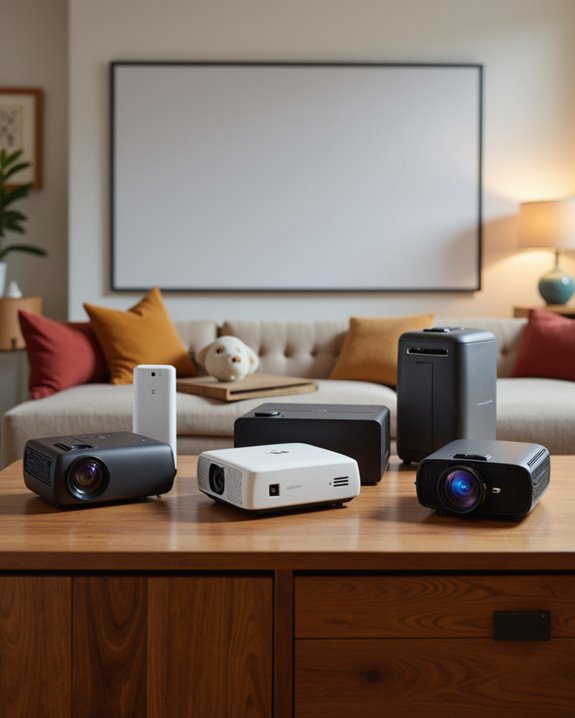
How can consumers find quality projection at a low price point? Mini projectors under $200 now offer advanced optics, meaning improved lens and image processing, alongside wireless streaming for easy content sharing. Models like the Vankyo Leisure 470 Pro deliver native 1080p resolution, 170 lumens brightness (a measure of light output), and a 600:1 contrast ratio for clear, vibrant visuals in dark rooms. Top choices such as Nexigo, Vivibright, and Hopvision H1 support near-TV frame latency of about 17 milliseconds, making them suitable for casual gaming and movies. Key features include:
- Native HD resolution
- Wireless connectivity (Wi-Fi, Bluetooth)
- Compact, portable design
While these projectors lack 4K, their value lies in affordability, multi-device support, and plug-and-play setup, ideal for entry-level home theater.
Frequently Asked Questions
How Long Do Mini Projectors Typically Last Before Needing Replacement?
A striking statistic: some mini projectors boast a projector lifespan of up to 30,000 hours. Typically, replacement frequency depends on technology—LED and laser models may last over a decade, while lamp-based units require more frequent bulb changes.
Are Mini Projectors Suitable for Outdoor Movie Nights?
Mini projectors can be suitable for outdoor movie nights if the outdoor setup includes a high-quality screen and proper sound equipment. However, limited brightness and lack of weather resistance may reduce performance or require additional protective measures.
What Maintenance Is Required for a Mini Projector?
Like tending a delicate instrument, mini projector maintenance involves regular filter cleaning, dust removal, and monitoring lamp lifespan. Scheduled lens cleaning, ventilation checks, and software updates help preserve performance and image quality, ensuring reliable operation over time.
Can Mini Projectors Connect to Smartphones or Tablets?
Mini projectors often feature wireless connectivity and screen compatibility with smartphones or tablets. Users can connect via Wi-Fi, Bluetooth, or wired adapters, enabling screen mirroring, audio streaming, and reliable video output depending on supported standards and device compatibility.
Do Mini Projectors Require a Special Screen for Best Results?
Mini projectors do not strictly require a special screen, but using one substantially enhances image quality. Screen size should match viewing needs, and dedicated screens provide better brightness, color, and sharpness compared to ordinary walls or surfaces.

